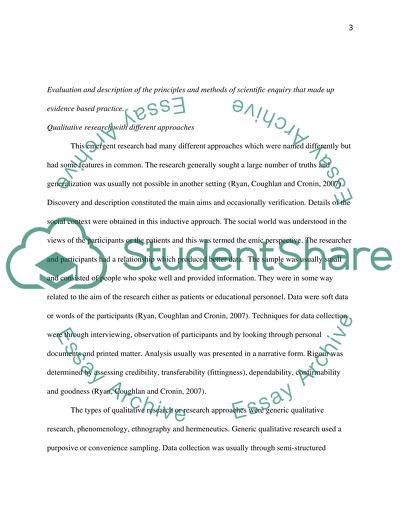Cite this document
(“Evidence based practice in the operating department Essay”, n.d.)
Retrieved from https://studentshare.org/health-sciences-medicine/1393463-evidence-based-practice-in-the-operating
Retrieved from https://studentshare.org/health-sciences-medicine/1393463-evidence-based-practice-in-the-operating
(Evidence Based Practice in the Operating Department Essay)
https://studentshare.org/health-sciences-medicine/1393463-evidence-based-practice-in-the-operating.
https://studentshare.org/health-sciences-medicine/1393463-evidence-based-practice-in-the-operating.
“Evidence Based Practice in the Operating Department Essay”, n.d. https://studentshare.org/health-sciences-medicine/1393463-evidence-based-practice-in-the-operating.


